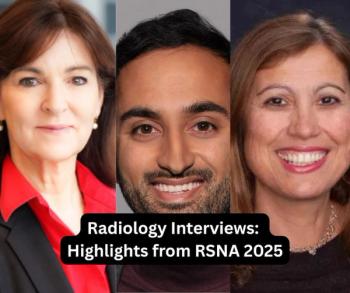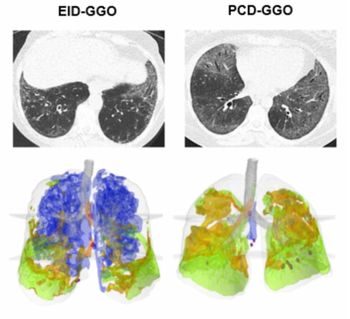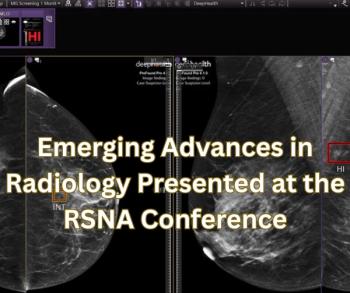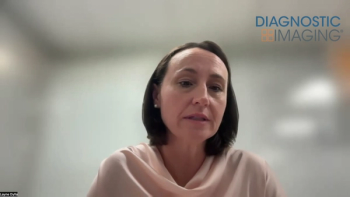
Can an Emerging Radiomics Model Improve CT Angiography Assessment of Heart Attack Risk?
Derived from coronary computed tomography angiography (CCTA) images, a radiomics model demonstrated a 75 percent or greater area under the curve (AUC) in multiple test sets for identifying vulnerable plaque.
New research suggests that a radiomics model, based on coronary computed tomography angiography (CCTA) images, could surpass conventional CCTA parameters in improving the detection of vulnerable plaque associated with major adverse cardiac events (MACE).
For the research, recently published in
In a subsequent prospective study involving 708 patients with suspected coronary artery disease (CAD), the study authors found that RS-positive patients (with a threshold RS value of 1.07) who were also positive for high-risk plaque (HRP) had a fourfold higher risk of MACE in comparison to the study participants who were RS and HRP-negative. The researchers also noted a fourfold higher risk for MACE for RS-positive patients with significant stenosis in comparison to RS-negative patients with no significant stenosis.
After adjusting for clinical variables including sex, diabetes mellitus and hypertension, the researchers found that the RS-positive patients had a hazard ratio of 1.69 for MACE. The study authors noted a 2.01 hazard ratio for MACE for RS-positive patients after adjusting for CT parameters, including segment stenosis score and plaque volume.
“These results suggest that the proposed RS is a reliable marker of plaque vulnerability and that lesions with an adverse RS are potential culprit lesions for future MACE,” noted Long Jiang Zhang, M.D., Ph.D., who is affiliated with the Department of Diagnostic Radiology at Jinling Hospital and the Medical School of Nanjing University in China, and colleagues. “Furthermore, the RS demonstrated incremental prognostic value beyond traditional cardiovascular risk factors and the CT anatomic parameters for predicting MACE.”
(Editor’s note: For related content, see “
Zhang and colleagues did acknowledge a low positive predictive value (PPV) for the RS model, noting that only 12 percent of patients with a high RS in the prospective study experienced MACE. However, they also noted that vulnerable plaque is susceptible to dynamic change and “may stabilize with or without subclinical rupture.”
The small percentage of MACE for patients deemed to have a high-risk radiomics profile warrants exploration in larger clinical trials to further define MACE risk prediction, noted Carlo N. De Cecco, M.D., Ph.D., and Marly van Assen, Ph.D. in an
“The ultimate goal of plaque analysis should be to not only identify high-risk profiles but to optimize and evaluate the effectiveness of treatment options,” maintained Dr. De Ceeco, an associate professor of radiology and biomedical informatics in the Division of Cardiothoracic Imaging at Emory University, and Dr. van Assen, an assistant professor of radiology at Emory University and vice-director of the university’s Translational Laboratory for Cardiothoracic Imaging and Artificial Intelligence.
Newsletter
Stay at the forefront of radiology with the Diagnostic Imaging newsletter, delivering the latest news, clinical insights, and imaging advancements for today’s radiologists.




























